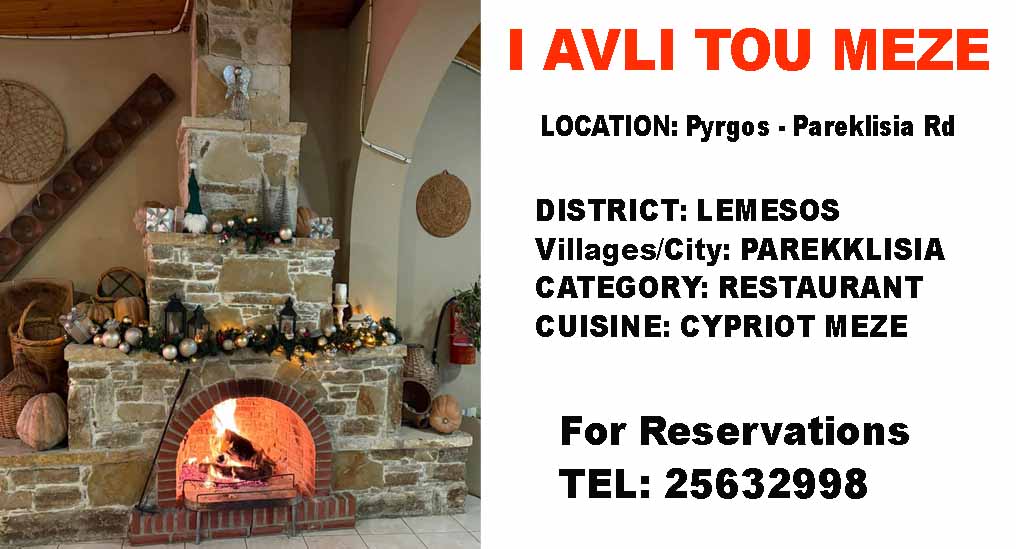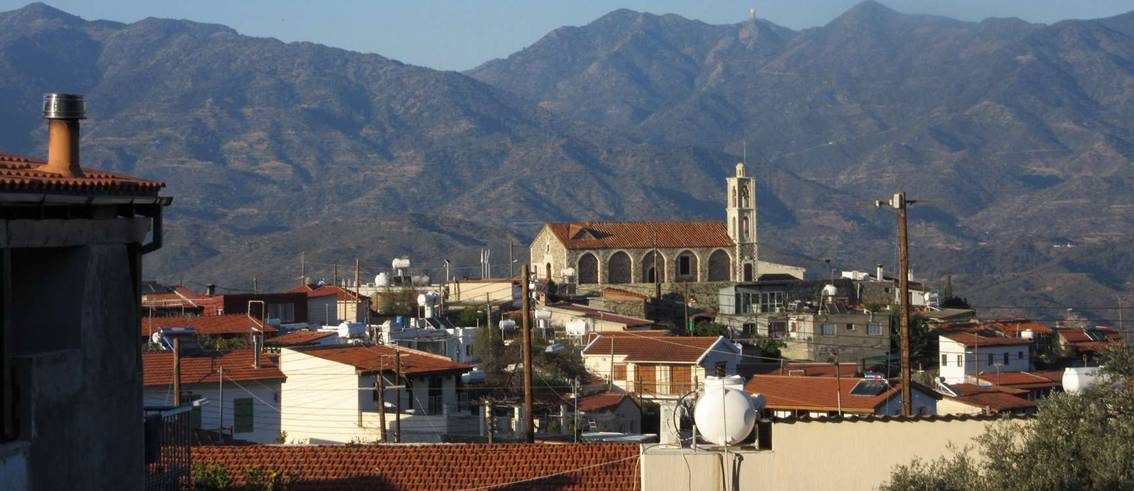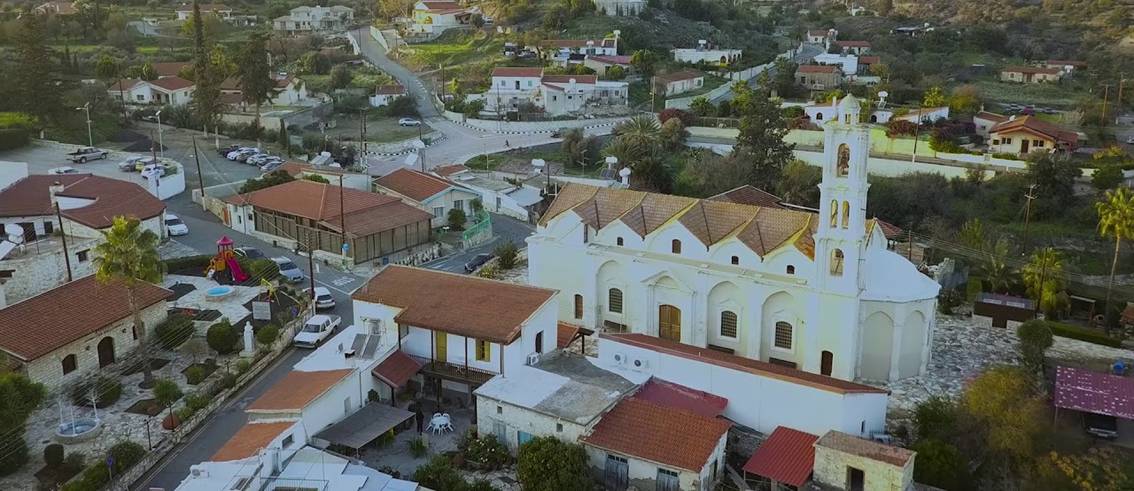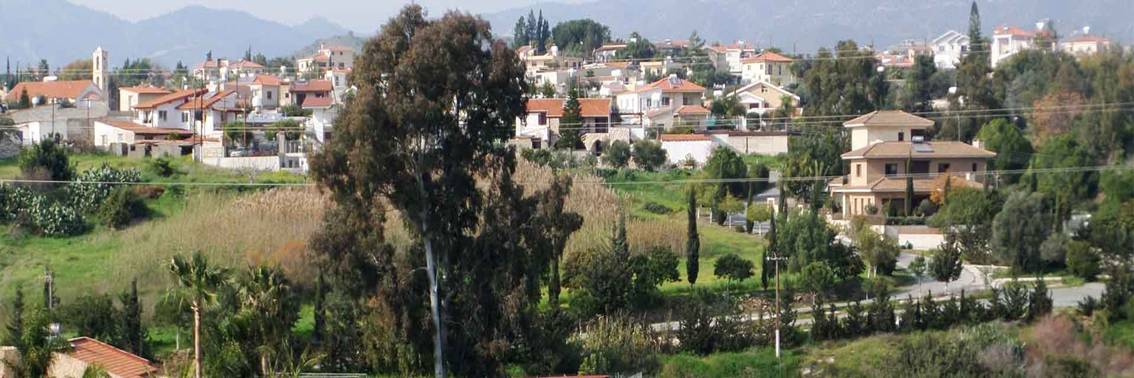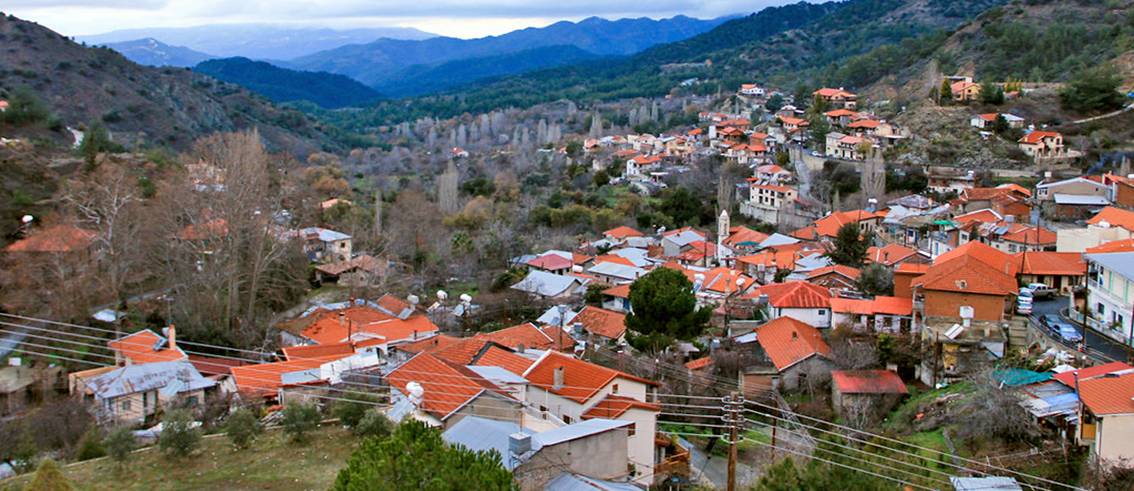Kellaki Village
The history of Kellaki village: Kellaki is a picturesque village in the Limassol district of Cyprus. With its charming stone houses and lush greenery, the village reflects its deep historical roots. Kellaki’s history spans centuries, shaped by the island’s turbulent past and the resilience of its people.
Early Origins and Development
The history of Kellaki village trace back to the Byzantine period, though the area may have been inhabited earlier. The village’s name likely comes from the Greek word “Kella,” meaning cell or small room. This refers to small monastic cells that may have existed in the area during the early Christian period. Monastic communities often settled in remote areas, and Kellaki might have been one of these religious sites.
During the medieval period, Cyprus was ruled by the Lusignans and Venetians. Kellaki, like many villages, was a small agrarian community. Villagers relied on agriculture and livestock farming, cultivating the fertile land. Traditional stone houses from this era still stand today, preserving the village’s historical architecture.
Ottoman Era and British Rule
The Ottoman Empire conquered Cyprus in 1571, bringing changes to Kellaki. The Ottomans introduced the “timar” system, distributing land to soldiers as rewards. This changed land ownership but left the village largely agrarian.
Kellaki’s population was predominantly Greek Orthodox during this time. The church played a central role in community life. The Church of the Transfiguration of the Saviour, one of the oldest in the village, became a focal point for religious and social activities. Its beautiful frescoes and architecture reflect the village’s rich religious heritage.
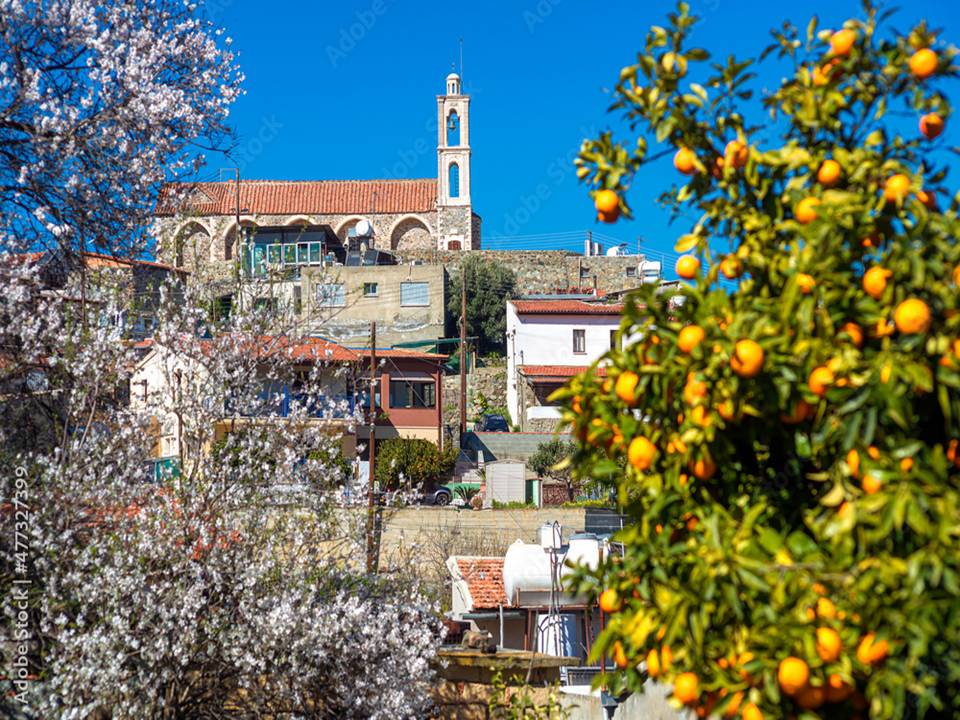
In 1878, Cyprus came under British rule. The British improved infrastructure, including roads and communication. However, rural villages like Kellaki remained isolated, with residents continuing their traditional way of life.
Modern Era and Cultural Heritage
The 20th century brought challenges and opportunities to Kellaki. The two World Wars and economic struggles marked the early decades. Despite hardships, the village maintained its cultural traditions and strong community bonds.
In the mid-20th century, many villagers migrated to urban areas or abroad for better opportunities. This led to a population decline but strengthened the identity of those who stayed. In recent decades, efforts have revived interest in Kellaki’s cultural and historical heritage. Traditional architecture is being preserved, and the village promotes agrotourism.
Kellaki’s natural beauty and historical significance attract visitors seeking an authentic Cypriot experience.
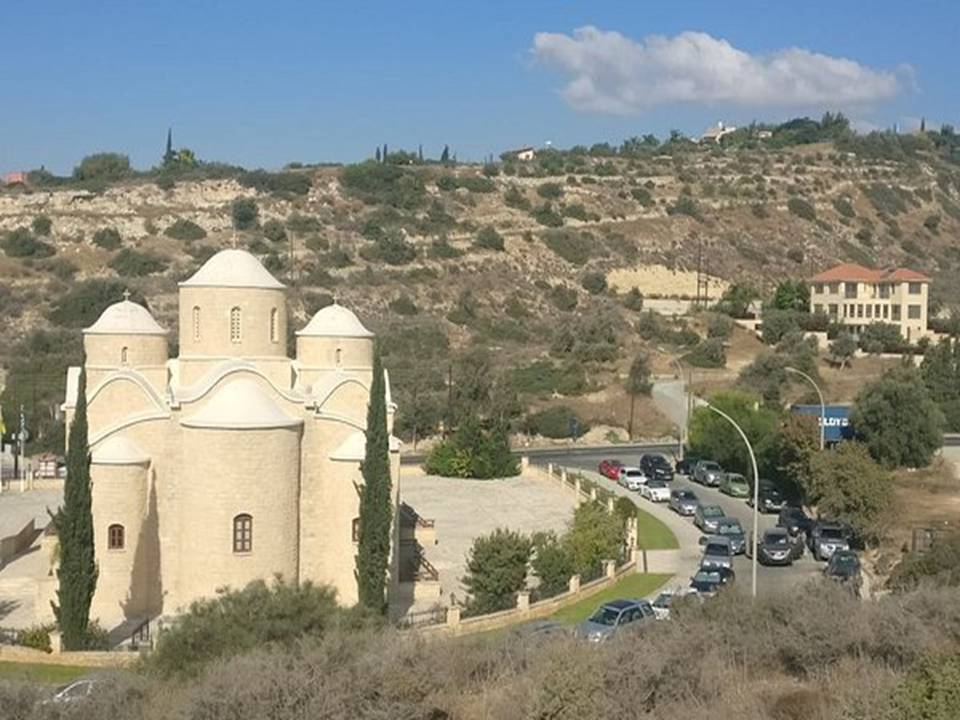
Conclusion
Today, Kellaki stands as a living monument to Cyprus’s history. Its narrow streets, stone houses, and ancient church tell the story of a village that has endured centuries of change. As modern developments reach Kellaki, its people remain committed to preserving their rich cultural heritage. This ensures that the village’s history will be cherished by future generations.
TELL THEM HOW YOU FOUND THEM. They like it.
